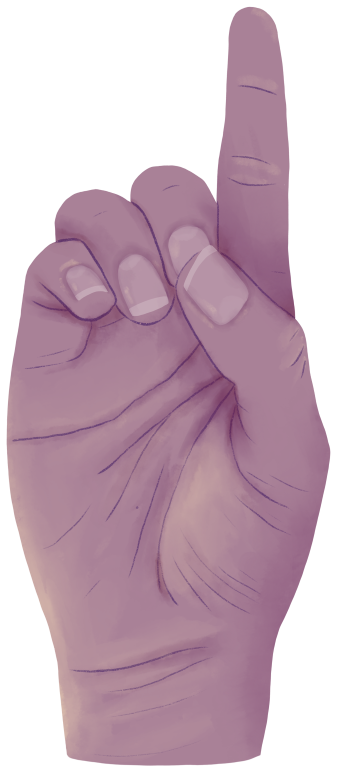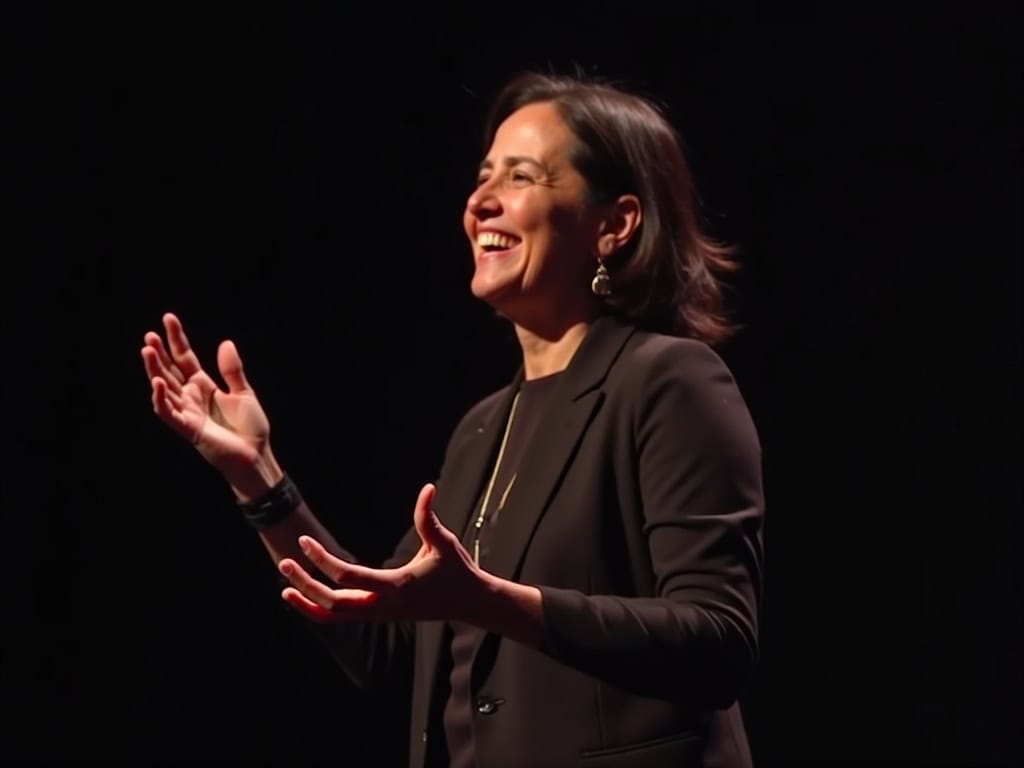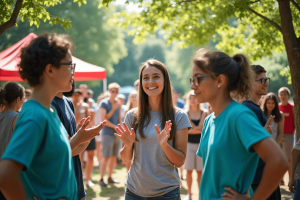
Deaf Gain & Culture: How Deaf Art, Language & Heritage Enrich the World
- Posted by Cicada Sign
- Categories Blog
- Date August 5, 2025
- Comments 0 comment
Deaf culture is far from being a limitation—it offers unique strengths in art, communication, and cognition. The concept of Deaf Gain reframes Deafness not as a loss, but as a societal asset, enriching communities through visual language and innovation.
Understanding Deaf Gain
Rather than viewing Deafness through a medical lens, Deaf Gain recognizes it as a cultural and linguistic identity that provides distinct benefits. As Deaf scholars H‑Dirksen Bauman and Joseph Murray explain, “Deaf Gain highlights both the contributions Deaf people and sign language make to the world, as well as the benefits of being Deaf.
Researchers note that Deaf individuals often develop enhanced visual attention, spatial awareness, and creative approaches to communication—skills that benefit society beyond the Deaf community.
Deaf Culture: A Rich Linguistic Heritage
Deaf culture is rooted in shared storytelling, social norms, and language. ASL (or local sign languages) aren’t substitutes—they are expressive, fully-developed languages with their own grammar and poetic structure.
Cultural norms such as direct eye contact, facial expression, and community gathering are central to Deaf identity. Living and learning in Deaf cultural environments—like Deaf schools—has been shown to boost self-esteem and linguistic development.
ASL Poetry & Deaf Visual Art
Clayton Valli, a pioneering Deaf linguist and ASL poet, transformed visual poetry into literary art. His poem Dandelions compares Deaf identity to dandelions—persistent and beautiful despite not being “heard.” Valli’s Hands also celebrates sign language’s expressive power, using rhythm and handshape repetition to evoke identity and cultural presence.
The art genre De’VIA (Deaf View/Image Art), born from Deaf artists, visually represents Deaf experiences through vibrant motifs—like hands, eyes, and contrast—to evoke cultural richness and resistance against audism.
ASL poetry and De’VIA aren’t just creative outlets—they’re cultural communication forms that elevate awareness, empathy, and recognition for Deaf ways of being.
Why Deaf Culture Enriches Society
Embracing Deaf Gain and Deaf culture benefits everyone:
-
Enhanced communication design: Access technologies like captioning, visual alert systems, and gesture-activated interfaces often originate from Deaf community innovation.
-
Education: Visual-gestural instruction inspired by Deaf pedagogy supports diverse learners—including nonverbal or visual-spatial thinkers.
-
Art & narrative: Deaf storytelling and performance inspire broader audiences, bringing visual poetry and visual art to mainstream awareness.
How to Celebrate Deaf Gain & Culture
-
Share ASL poetry: Screen performances of Clayton Valli’s Dandelions or Hands in class or community events.
-
Display De’VIA-inspired art: Include images with cultural symbolism—hands, eyes, doors—alongside artist statements to spark discussion.
-
Host a Deaf Culture Day: Invite Deaf poets or artists, encourage students to try ASL poetry or visual storytelling, and reflect on how language shapes identity.
-
Prompt reflection: Ask: “How can Deaf Gain change how we view communication and inclusion?” or “What can hearing society learn from Deaf culture’s visual strengths?”
Plan a Deaf Culture & Gain Day: feature an ASL poem, host an art gallery, or invite a Deaf artist to sign and speak. Educators, parents, and allies—join us in recognizing that Deaf identity and creativity add deep value to culture, language, and community.

D Letter in ASL
“Deaf Gain is the idea that being Deaf is not a loss, but a unique gain—of language, culture, community, and a powerful visual way of experiencing the world.” — ASL Bloom ✨ summary on Deaf Gain

“De’VIA art intentionally represents Deaf experiences and identity—using visual motifs like hands and eyes to affirm identity and resist audism.” — Wikipedia on De’VIA visual art movement



